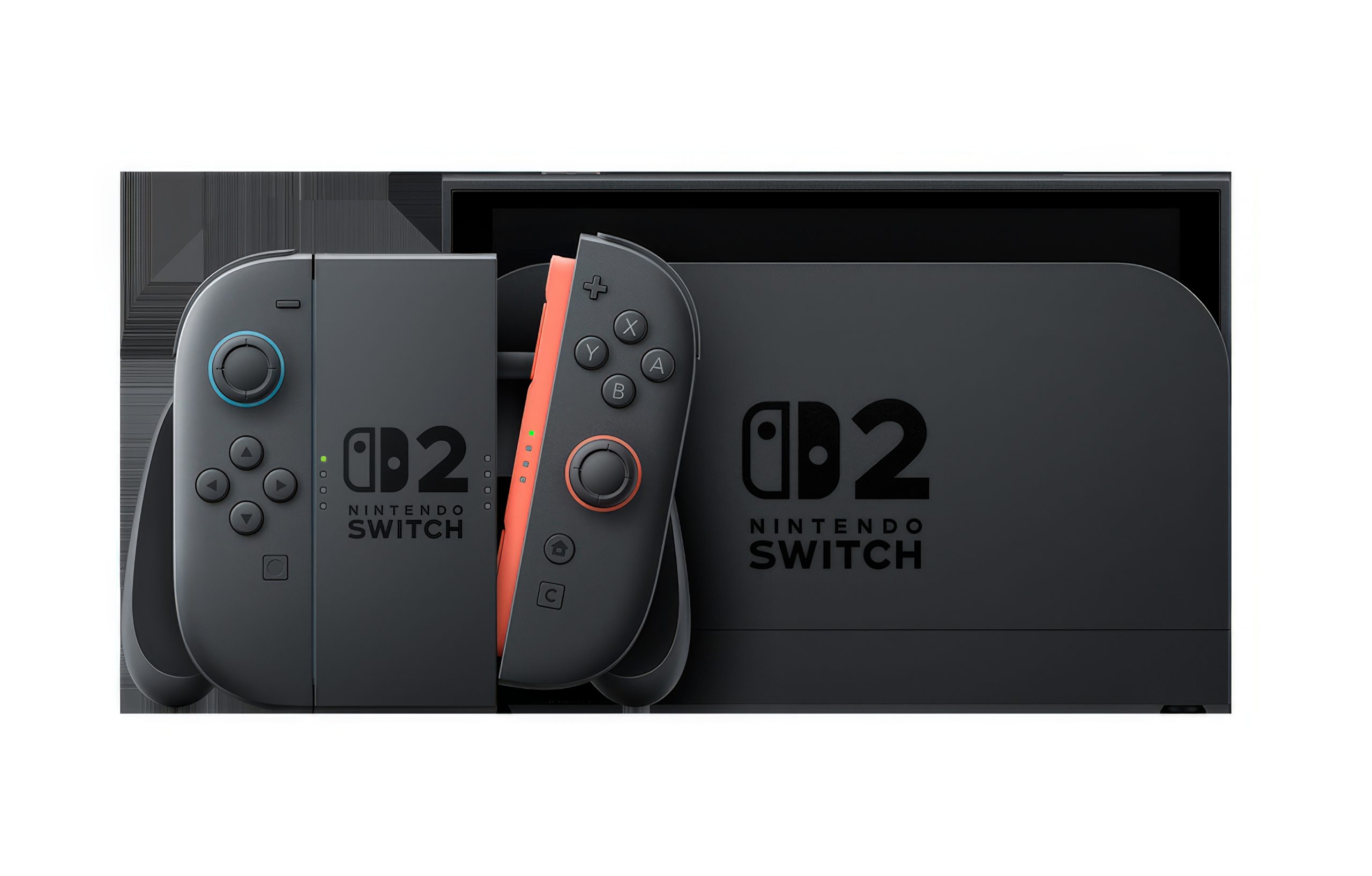Following the disclosure of technical details about Nintendo’s next-gen console, enthusiasts and analysts alike have debated whether the hardware would align more with Sony’s PlayStation 4 or Microsoft’s Xbox Series S in terms of performance.
In a recent discussion with Virtuos, Eoin O’ Grady, Technical Director at Black Shamrock, shared insights that may clarify this debate. He noted that titles achieving smooth 60 FPS on the Xbox Series S would likely transition seamlessly to the new Nintendo platform.
Graphically, the Switch 2 operates a bit under the Series S in handheld mode, but leverages NVIDIA’s DLSS to bridge the gap. Processing power, however, places it closer to the PS4’s capabilities. While most games prioritize GPU efficiency over CPU limits, titles pushing complex physics or AI may need tailored optimizations for consistent performance. Porting Series S games targeting 60 FPS or GPU-focused 30 FPS experiences should prove manageable, but CPU-heavy projects could demand additional adjustments.
DLSS remains a critical advantage for the Switch 2. When asked about its limited adoption, O’ Grady explained:
Nintendo’s first-party franchises, such as Mario Kart World or Donkey Kong Bananza, often prioritize vibrant, stylized visuals over hyper-realism, reducing the need for upscaling. Titles built for the original Switch hardware may also bypass DLSS due to prolonged development cycles. Third-party studios, like those behind Cyberpunk 2077, have demonstrated DLSS’s benefits, but adapting the technology into the Switch 2’s architecture requires effort. Developers must rework DLSS integration via Nintendo’s NVN2 API, a step some may postpone during initial ports to meet deadlines.
Have you gotten your hands on the Nintendo Switch 2? Share your thoughts in the comments section.

